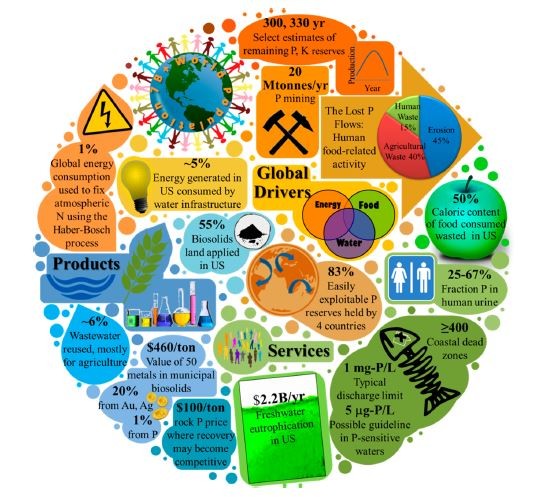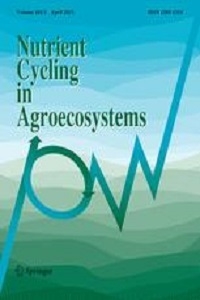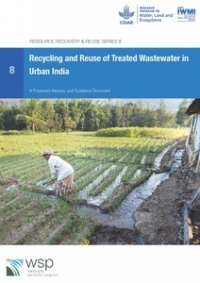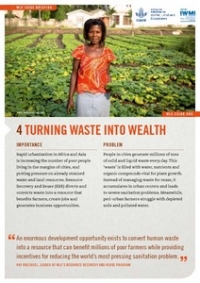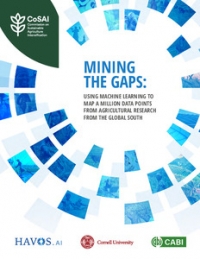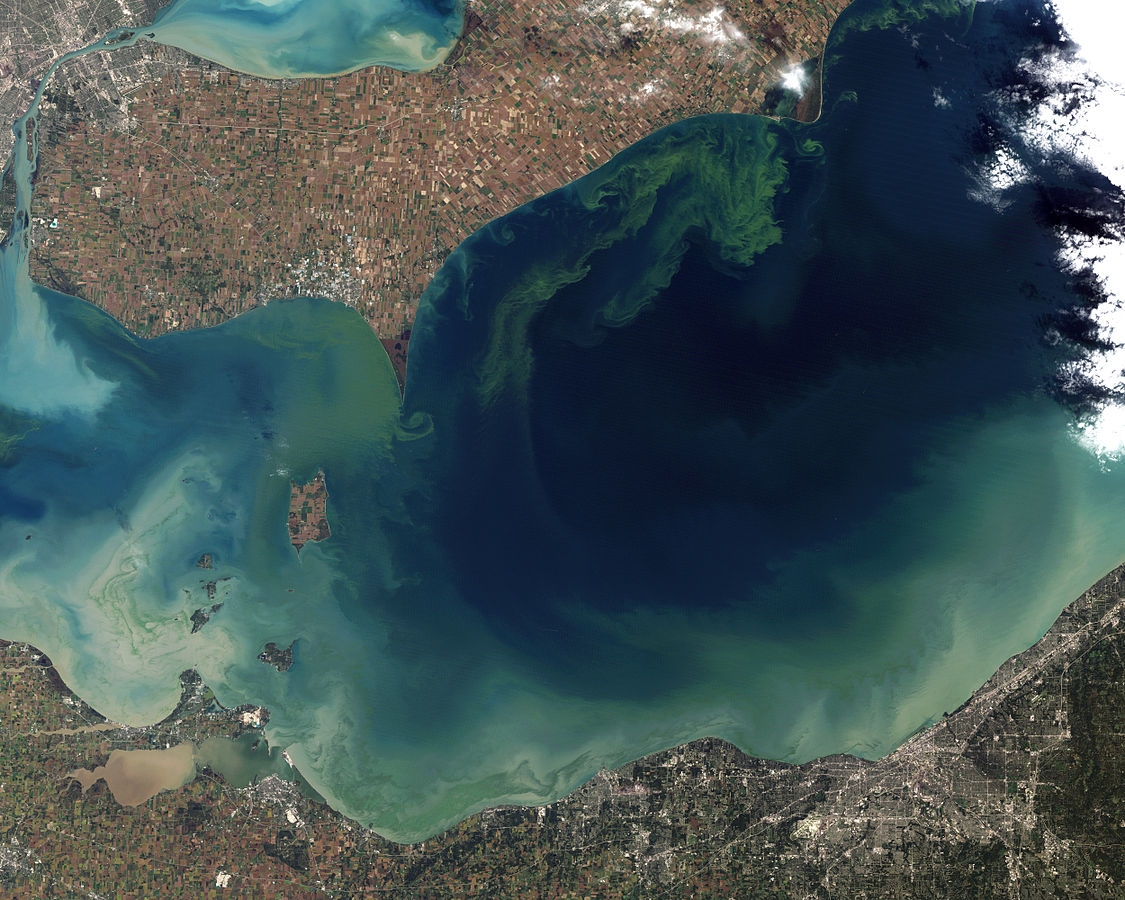
Phosphorus is both a blessing and a curse. A blessing, because it lets us grow more food; a curse, because it pollutes our water and destroys waterways and coral reefs.
Along with nitrogen and potassium, phosphorus makes up the bulk of the fertilizers that produce the superb yields that feed the Earth’s population. It is not exaggerating to say that the whole global food system relies largely on these three minerals.
Nitrogen is extracted from the air, while potassium and phosphorus are mined. The Earth has enough potassium to last hundreds of years, but many experts are convinced that the supply of phosphorus-bearing ores will not last much past 2100. Even though the damage that phosphorus does to the environment is obvious—algal blooms killing thousands of fish are hard to miss—there is little economic incentive to prevent it, or to recover the phosphorus.
Until now. A recently published paper in Environmental Science and Technology offers a convincing case to make phosphorus recovery, recycling, and reuse worthwhile. Phosphorus is still cheap, and it is mined at a rate of around 20 million tonnes a year. Our bodies do not need most of the phosphorus that we eat with our food, so we excrete it. “Recovering that phosphorus from wastewater costs normally several times more than using new supplies,” said Pay Drechsel, a theme leader at the International Water Management Institute (IWMI) and a co-author of the paper. “So, as a finite resource, the phosphorus is ultimately lost in our lakes and oceans, because natural processes cannot handle so much of it.”
Excess phosphorus allows algae and other organisms to grow or ‘bloom’ out of control in the water. For example, Istanbul discharges most of its untreated sewage into its waterways, The blooms suck the oxygen out of the water, killing other forms of life, so phosphorus in the Bosporus is becoming a problem there. There are already 400 permanent hypoxic dead zones in water bodies around the world, including the vast Gulf of Mexico, and near other cities in the developing world with limited treatment capacity.
Aside from more investments in costly phosphorous removal, a smarter answer to this tragic situation is to increase the value of phosphorus to make it worthwhile to extract, before, during or after wastewater treatment. That means not only the financial value, but rather the total value of phosphorus recovery, which includes other materials recovered at the same time, and many services to society and the environment.
Waste treatment systems can be reengineered to produce or extract unwanted struvite, a phosphorus-rich compound that can be used in agriculture but also in such things as flame retardants and lithium-ion batteries. The nitrogen that is recovered from the same process reduces greenhouse gas emissions. A number of valuable metals, such as gold and copper, can also be recovered. A wastewater treatment plant in Japan recovered nearly 2 kg of gold from a metric tonne of ash left over from burning sewage sludge. This was an unusual amount, but it shows that wastewater has more to offer than we think.
Then there are the intangible benefits. Today, almost all of the phosphorus used in agriculture comes from mines located in just six countries. This has political and economic risks for the countries that have to import it. Developed countries might be at the mercy of political disputes, but developing countries are especially vulnerable to potential price rises.
And how much is clear, aesthetically pleasing water worth? Well, the economists have answered the question for us with the excellently named ‘hedonic analysis’. They showed that a 1 m loss of water clarity can decrease the value of a waterfront house by up to 34% in the United States, where economic damage from eutrophication of freshwater is estimated at $2.2 billion a year. Something far more difficult to value is the environmental damage excess phosphorus causes. Large areas of the Great Barrier Reef in Australia are dying off because of climate change, possibly exacerbated by nutrients—mainly phosphorus—running off agricultural lands.
Currently, no business model can survive on the sale of recycled phosphorus materials alone, although this may change in the future. “However, extracting phosphorous to prevent financial and/or economic loss can pay off, even without reuse,” said Pay Drechsel, who also researches resource recovery and reuse for the large water, land and ecosystems (WLE) project that IWMI manages for the CGIAR. Trade-offs between environmental and economic impacts will mean that subsidizing phosphorus recovery will become socially and politically acceptable, especially as waste-derived nutrient recycling can advance several of the United Nations’ Sustainable Development Goals.
Local authorities are even now imposing limits on the amount of phosphorus that sewage plants can discharge, even though it is expensive. While formerly this was driving phosphorous removal, it is now driving phosphorus recovery. Realistically, the profit motive will be the best way to scale up recovery, proving the old English saying: “Where there’s muck, there’s money.” If we look at the total value of phosphorous from an economic perspective, the time to act is now.
